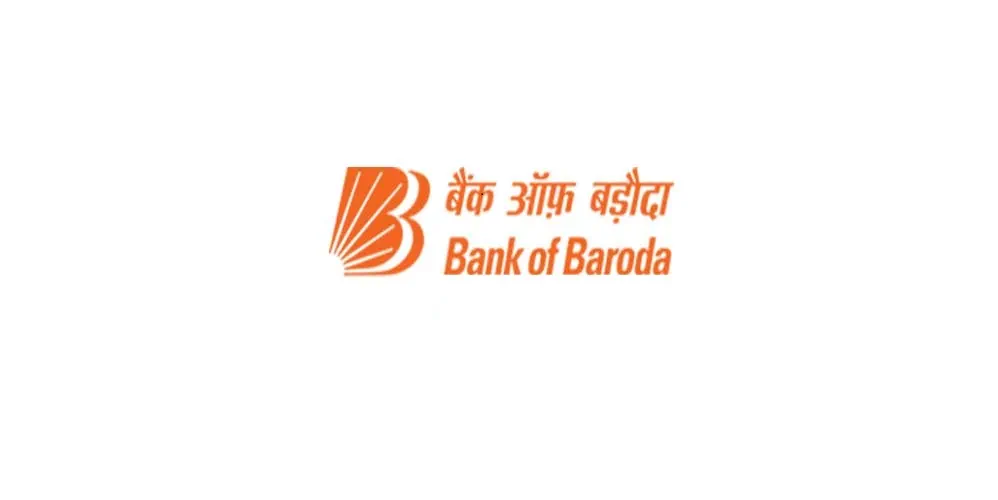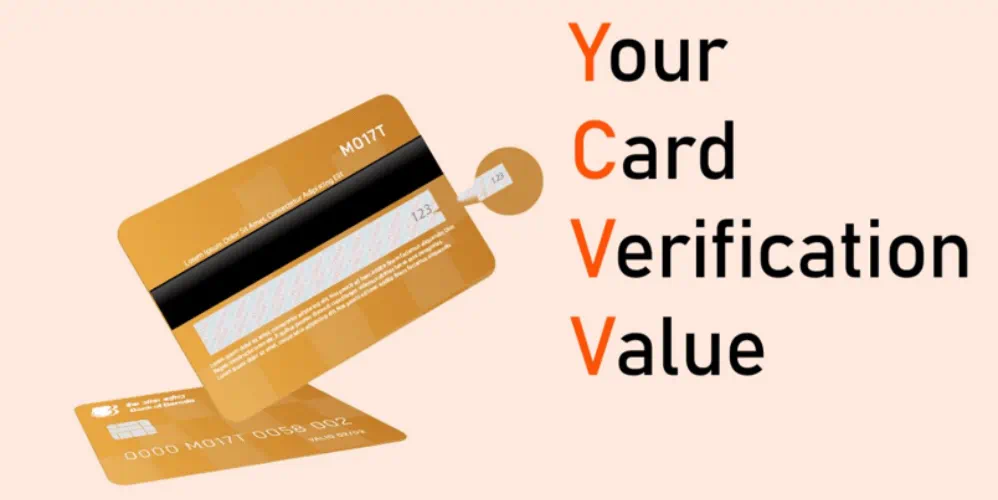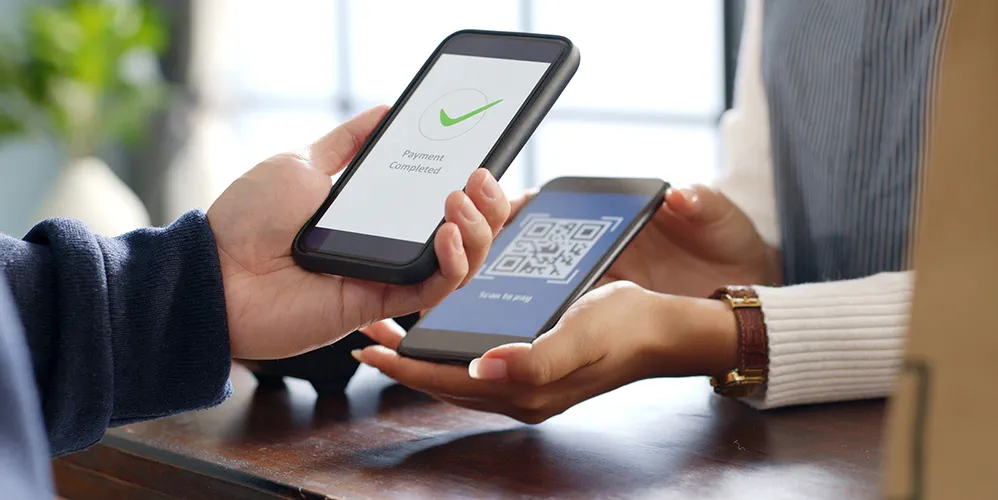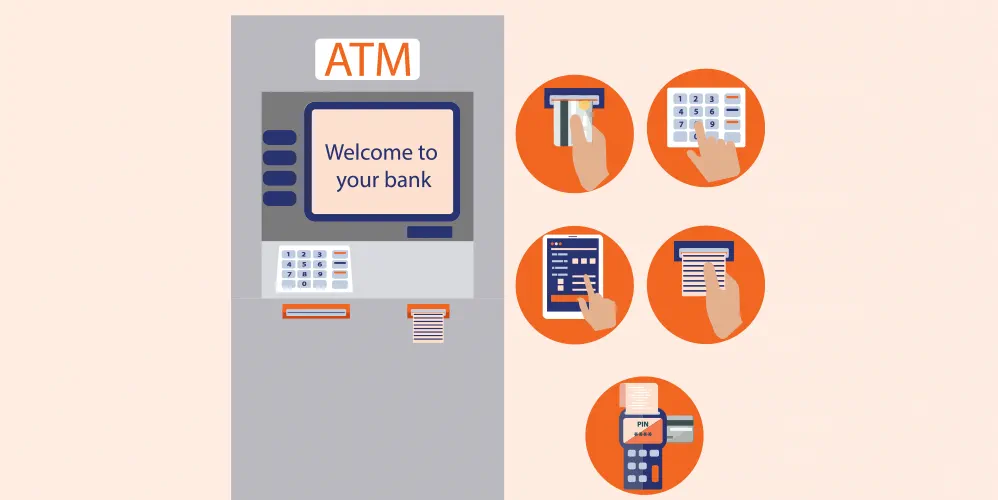
डिजिटल बैंकिंग, एक संपूर्ण गाइड
15 दिसम्बर 2022

Table of Content
What is Digital Banking?
Digital banking is a financial banking technology, value tapping on product simplicity and personalised customer experience with the help of the Internet. Digital banking is modelled on digitally first incumbent banking. It capitalizes seamless digital payment systems, manages accounts, offers easy reach to financial products like loan management, bill payment and more through mobile and other electronic devices.
Digital banking in India is making fast progress and innovation and the banking sector is lapping this innovative technology with the latest advancements. Looping in tech-savvy developers, new products are being featured with continuous refinement and a special focus on customer insights. Thus, the benefits of digital banking are driving greater customer attention, let us look into the benefits of digital banking.
Benefits of Digital Banking
The future of digital banking is fraught with many disruptions that largely focus on hyper-personalisation, leveraging technology for customer comfort.
- Personalization: Where traditional banking makes an effort to always look after customer needs, digital banking platforms focuses on specific pain points of customers with help from technology. The digital banking platform is prioritizing each case and rapidly launching solutions.
- Speeding innovation: Agile platforms are supported with high-end coding that leverages the Application Programming Interface (API) affecting customers directly. Digital banking services are decreasing customer wait time, focusing on speedy execution.
- Maximizing services with a competitive edge: Understanding consumer preferences through data insights from digital banking trends. Assessment of new products and performance, maintaining a cutting edge over the competition.
- Regulations that create trust:Digital banking in India heavily relies on trust and regulatory compliance, the adherence to ethics governed by law-binding operations increases trust from stakeholders and scales the bank over competitors.
Digital Banking Products & Services
The products and services in digital banking are more enhanced and accessible for the user. Popular digital banking products and services include:
- Internet banking:This electronic digital banking service for customers to meet various banking and non-banking needs through the internet.
- Mobile Banking: This digital payment system offers greater ease when working on financial and non-financial transactions. Most banks have launched mobile applications allowing all the facilities of net banking with more user-friendly features.
- ATM: Digital banking in India took off with Automated Teller Machines (ATM). From cash withdrawal to depositing funds, changing the pin of the debit card and a list of other facilities, banks allow limited free transactions from ATMs.
- Debit cards:Among digital banking services debit cards are owned by individuals having bank accounts. This is a cashless digital banking instrument.
- Standing Instructions: You can instruct the bank to make automated withdrawals for paying bills, loan EMIs, insurance payments etc.
- Point-of-Sale Transfer Terminals: This digital banking system allows direct purchases through a debit/ credit card for paying instantly for any purchase.
Types of Digital Banking Payments
Digital banking has enabled various digital payment systems that make it easier for customers to manage funds digitally. Check the various digital banking types that you may or may not be using.
- Credit Cards:This digital payment system is given by the bank to eligible customers. This payment system allows users to borrow funds when they need them. It comes with a preapproved credit limit. The amount is billed on a monthly EMI basis and is cleared on a due date.
- Debit cards:This is a digital payment system that every bank gives to their customers for free. Customers can pay through a debit card.
- Smart cards: This digital payment system is a credit/ debit card with a microprocessor holding personal customer information that enables online payment. The card has the facility to unload and reload payments.
- E-wallets:This digital payment system acts like a physical wallet only keeping your money and card stored in a virtual safe. You can keep adding money to the wallet.
- Net banking:Net banking allows direct access to your digital banking account. You can enter your username and password and make payments through this digital payment system.
Also Read - How to Address Digital Banking Risk
Future of Digital Banking
Legacy banking is moving towards digital operational transformation. Embracing cloud-native technologies, apps will be powered by advanced banking and financial capabilities. The future of digital banking is set for wider cloud compatibility and greater adaptivity inclusive of the hinterland through digitally innovative AI tools that would enable banking through personal connections.
Digital Banking Industry Trends
The importance of digital banking made a significant increase during COVID times. UPI transactions saw a massive boost showing the impact of digital baking on the country. With an emphasis on greater accessibility to Smart Phones, countrywide digital baking seems to be a reachable target.
Popular Articles
Related Articles



What is CVV on a Debit Card? Understanding Its Importance and Security Features


How to Update Your FASTag KYC: Step-by-Step Guide for Online & Offline Methods




The Importance of Pension Funds: Secure Your Future with Steady Retirement Income

-
डिस्क्लेमर
इस लेख/इन्फोग्राफिक/चित्र/वीडियो की सामग्री का उद्देश्य केवल सूचना से है और जरूरी नहीं कि यह बैंक ऑफ बड़ौदा के विचारों को प्रतिबिंबित करे। सामग्री प्रकृति में सामान्य हैं और यह केवल सूचना मात्र है। यह आपकी विशेष परिस्थितियों में विशिष्ट सलाह का विकल्प नहीं होगा । बैंक ऑफ बड़ौदा और/या इसके सहयोगी और इसकी सहायक कंपनियां सटीकता के संबंध में कोई प्रतिनिधित्व नहीं करती हैं; यहां निहित या अन्यथा प्रदान की गई किसी भी जानकारी की पूर्णता या विश्वसनीयता और इसके द्वारा उसी के संबंध में किसी भी दायित्व को अस्वीकार करें। जानकारी अद्यतन, पूर्णता, संशोधन, सत्यापन और संशोधन के अधीन है और यह भौतिक रूप से बदल सकती है। इसकी सूचना किसी भी क्षेत्राधिकार में किसी भी व्यक्ति द्वारा वितरण या उपयोग के लिए अभिप्रेत नहीं है, जहां ऐसा वितरण या उपयोग कानून या विनियमन के विपरीत होगा या बैंक ऑफ बड़ौदा या उसके सहयोगियों को किसी भी लाइसेंसिंग या पंजीकरण आवश्यकताओं के अधीन करेगा । उल्लिखित सामग्री और सूचना के आधार पर किसी भी वित्तीय निर्णय लेने के लिए पाठक द्वारा किए गए किसी भी प्रत्यक्ष/अप्रत्यक्ष नुकसान या देयता के लिए बैंक ऑफ बड़ौदा जिम्मेदार नहीं होगा । कोई भी वित्तीय निर्णय लेने से पहले अपने वित्तीय सलाहकार से सलाह जरूर लें।
डिजिटल बैंकिंग के लाभ और चुनौतियाँ
डिजिटल बैंकिंग एक इंटरनेट कनेक्शन द्वारा समर्थित ऑनलाइन बैंकिंग है। इससे पारंपरिक बैंकों को राहत मिल रही है, क्योंकि ग्राहक की जर्नी का एक बड़ा हिस्सा डिजिटल बैंकिंग ऐप और नेट बैंकिंग द्वारा प्रबंधित किया जा रहा है। ग्राहक स्मार्टफोन, टैब, लैपटॉप, डेस्कटॉप और एटीएम जैसे डिजिटल उपकरणों के माध्यम से आसानी से अपने खातों और भुगतानों तक पहुंच सकते हैं। COVID महामारी की अवधि के दौरान डिजिटल बैंकिंग के लाभ अधिक स्पष्ट हो गए जब भौतिक शाखाओं से संपर्क नहीं किया जा सका क्योंकि सोशल डिस्टेंसिंग ने लोगों को उनके घरों तक सीमित कर दिया गया था। डिजिटल वॉलेट, बैंक ऐप और संपर्क रहित और कैशलेस भुगतान की लोकप्रियता बढ़ी क्योंकि अधिक से अधिक लोगों को डिजिटल बैंकिंग के लाभों का एहसास हुआ।
डिजिटल बैंकिंग जोखिम को कैसे संबोधित करें
बैंकों ने महामारी से पहले भी सदी के अंतिम आधे हिस्से में कई ग्राहकों को अपने डिजिटल प्लेटफॉर्म पर आकर्षित किया था। हालांकि, डिजिटल बैंकिंग में जोखिमों के बारे में ग्राहकों की चिंताएं और हिचकिचाहट इस परिवर्तनकारी यात्रा में बाधा बन रही थी। COVID-19 ने Digitech को अपनाने में तेजी लाई। डिजिटल बैंकिंग उत्पाद और सेवाएं अब भुगतान और ऋण देने के क्षेत्र दोनों में फल-फूल रही हैं। एक ओर, हम अपनाने के लिए खुलापन देखते हैं, दूसरी ओर, निरंतर हो रही वृद्धि के साथ, विभिन्न प्रणालियों में वृद्धि और प्रौद्योगिकी जोखिम सामने आता है। इसे ध्यान में रखते हुए, हम बैंक के डिजिटल डोमेन में सामान्य जोखिम और ग्राहकों के विश्वास को कम करने वाले इन जोखिमों के लिए बैंकों द्वारा किए गए कार्यों पर चर्चा करेंगे। आइए हम आपको डिजिटल बैंकिंग प्रक्रियाओं में बैंकों द्वारा पालन किए जाने वाले जोखिम और इसके प्रबंधन प्रणालियों से अवगत कराते हैं।

